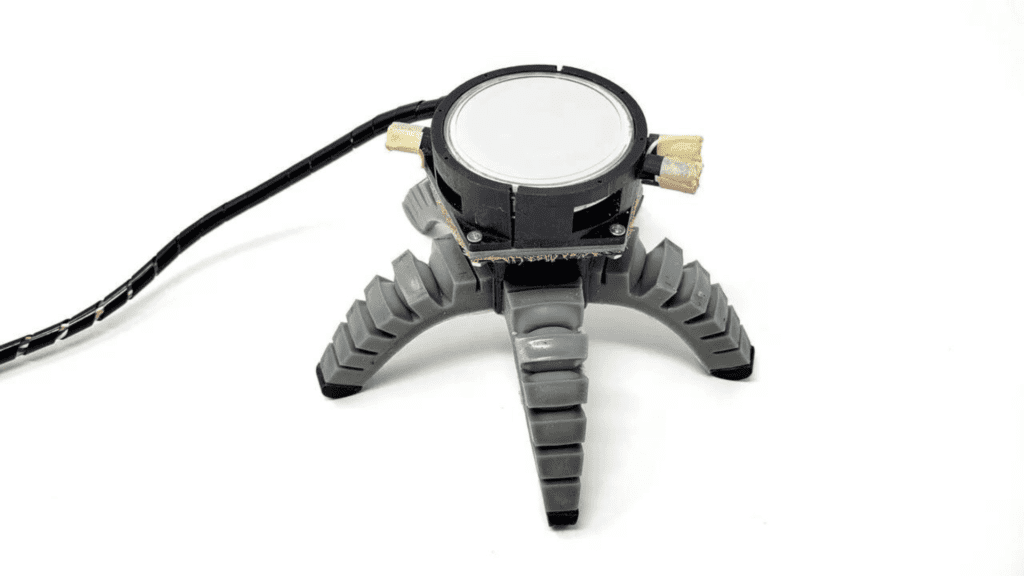Fungi Meet Robotics: A New Era in Biohybrid Technology
Researchers have made a groundbreaking discovery by harnessing the unique electrical signals generated by the mycelium of the King oyster mushroom to control robotic movements. This innovative feat results in a hybrid robot—part machine and part fungus—that could pave the way for the development of more sophisticated biohybrid systems.
The Collaborative Study
A team from Cornell University, in partnership with the University of Florence, Italy, detailed their findings in the journal Science Robotics. The researchers developed a sophisticated mechanism capable of analyzing the naturally occurring electrical impulses transmitted through mycelium, the network of underground filaments that connect fungi. This mycelium, akin to a neural network, responds to environmental changes by sending out electrophysiological signals that mimic the behavior of neurons.
Transforming Signals into Movement
The team successfully translated these bioelectrical data into digital control signals. These signals were then sent to two distinct robot designs, allowing them to move in response to environmental stimuli. In a striking demonstration, one of the robots, designed in the shape of a starfish, contracted rhythmically when exposed to ultraviolet (UV) light—a light source to which the fungi exhibit aversion.
Unique Designs and Applications
In addition to the starfish-shaped model, the research team constructed a wheeled robot that demonstrated even quicker mobility when subjected to UV light. "This paper is merely the beginning," stated Rob Shepherd, a professor of mechanical and aerospace engineering at Cornell University. He emphasized how utilizing fungal networks can enhance robotics by improving their autonomy and environmental responsiveness.
The Benefits of Fungi
Fungi were chosen for this study due to their resilience; they can thrive in freezing temperatures and withstand radiation, making them strong candidates for deployment in extreme environments, including space exploration. The King oyster mushroom is particularly notable for being easy to cultivate, making it a practical choice for future research.
Future Implications in Farming and Beyond
The implications of this research are vast, especially in agricultural applications. Biohybrid robots may effectively monitor soil conditions, automatically adjusting nutrients based on real-time data gathered from their fungal partners. "Imagine robots equipped with the capability to sense soil chemistry in crop fields and intelligently decide when additional fertilizers should be applied," Shepherd remarked. Such innovations could potentially minimize the adverse impact of agricultural runoff, which leads to environmental issues like harmful algal blooms.
Conclusion
The intersection of mycelium biology and robotics represents a thrilling frontier in technology. With the potential to develop smart, adaptable robots capable of responding to their surroundings, this research not only inspires the next generation of robotic design but also offers practical solutions to agricultural challenges. As we continue to explore the capabilities of biohybrids, the future looks promising for both technology and sustainability.




